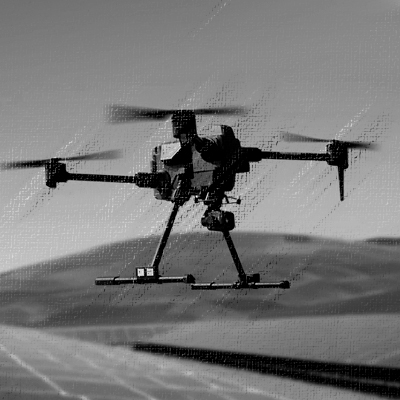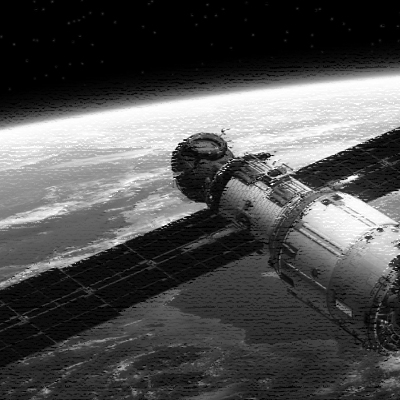Our company is at the forefront of managing and executing a wide spectrum of strategic projects that enhance safety, stability, and quality of life across the globe. Through the integration of advanced technologies and strategic operations, we tackle critical challenges and contribute to global public safety and resilience.
Our initiatives deliver essential services and support during emergencies, promoting the recovery and long-term well-being of affected communities. Collectively, these efforts form a comprehensive framework that fosters stability and advances human welfare worldwide.
Strategic Investment in a Bulk Carrier Vessel — Equity Entry into Maritime Ownership
We are pursuing the acquisition and long-term operation of a Handymax or Ultramax bulk carrier vessel (approximately 40,000–80,000 DWT, less than 10 years old, built in Japan or China). This investment is supported by a guaranteed 5-year time charter (TC) agreement with a charterer holding an A1 credit rating, ensuring operational security and financial return.
Homeland Security Project
Our Homeland Security initiative is designed to protect national territories, populations, and critical infrastructure from threats such as terrorism, natural disasters, and cyberattacks. This comprehensive project integrates intelligence operations, emergency response systems, law enforcement capabilities, and border protection measures to prevent, detect, and effectively respond to risks—strengthening national resilience and public safety.
Border Control Solutions
The Border Control project aims to secure national frontiers by preventing illegal crossings, smuggling, and trafficking, while facilitating legitimate trade and travel. Utilizing advanced surveillance technologies, mobile patrol units, and integrated data platforms, we ensure national security, enforce immigration laws, and protect the sovereignty of borders.
Firefighting Control Center Implementation
This initiative focuses on establishing a centralized command and control center for firefighting and emergency response operations. By deploying state-of-the-art communication systems, real-time monitoring tools, and strategic coordination platforms, the project enhances the speed and effectiveness of fire incident management, reducing damage and safeguarding lives and property.
4Human Care Project – Refugee & Migrant Support
The 4Human Care initiative is dedicated to providing comprehensive humanitarian support for refugees and migrants. Key components include:
Shelter: Safe and dignified housing
Nutrition: Daily access to nutritious meals
Medical Care: Essential healthcare services
Education: Inclusive learning opportunities
Social Integration: Programs fostering community engagement
Legal Support & Vocational Training: Promoting long-term self-reliance
This project empowers displaced populations to rebuild their lives with dignity and hope.
Enhanced Air Medical Emergency Services
This project aims to optimize air transportation for medical emergencies, particularly in remote and underserved areas. It includes upgrading aircraft with advanced medical equipment and training specialized medical teams to ensure rapid, high-quality emergency care—ultimately saving lives and improving patient outcomes.
High-Altitude Balloons for Telecommunications
Our telecommunications initiative involves deploying high-altitude balloons in the stratosphere, equipped with advanced transceivers, to deliver internet and communication services to remote or underserved areas. This project plays a vital role in closing the digital divide and promoting socio-economic development by expanding global connectivity infrastructure.
Commercial VTOL UAV Development
With the rapid evolution of Unmanned Aerial Vehicle (UAV) technology, we are developing commercial VTOL (Vertical Take-Off and Landing) drones powered by hybrid engines. This project focuses on revolutionizing last-mile logistics and lightweight deliveries by improving speed, reducing operational costs, and minimizing environmental impact—transforming the future of logistics.
Optimizing Solar Park Inspections with Drones
As demand for clean energy accelerates, the need for efficient maintenance of photovoltaic solar parks becomes critical. We utilize drone technology to perform high-precision aerial inspections, allowing for faster, safer, and more cost-effective monitoring. This ensures optimal performance and longevity of solar energy infrastructure.
Projects
& SERVICES
BALLOONS
TRANSPORTATION
Our company is at the forefront of managing a diverse range of projects that ensure the safety, stability, and well-being of societies worldwide.
By leveraging advanced technologies and strategic operations, we address critical challenges and enhance public safety.
Our initiatives provide essential services and support during crises, contributing to the resilience and recovery of affected communities.
Together, these efforts create a balanced and robust framework for promoting stability and human welfare globally.
COMMUNICATIONS
















